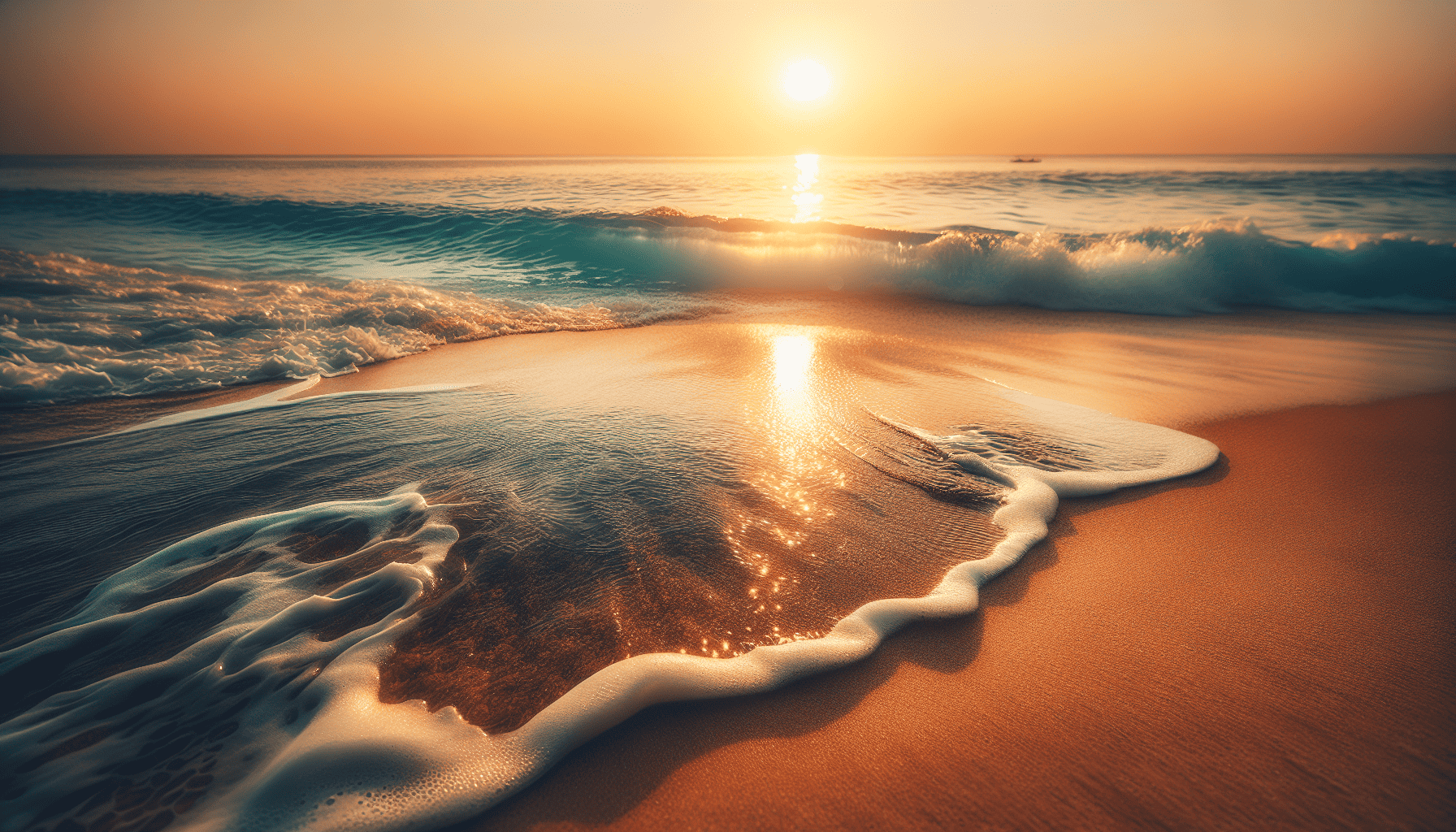Australia's coastlines are a treasure trove of natural beauty, offering endless opportunities for photographers to capture awe-inspiring moments. Whether you are a seasoned photographer or an enthusiastic hobbyist, photographing these stunning landscapes requires a blend of technical skills, an understanding of light, and a deep appreciation for nature's dynamic displays. Here are some tips to help you enhance your seaside photography skills and capture the breathtaking serenity of Australia's coastlines.
Understanding Light and Timing
The key to exceptional seaside photography is mastering the interplay of light and timing. Early mornings and late afternoons, commonly referred to as the "golden hours," are ideal for shooting due to the soft, warm light that bathes the landscape in gentle hues. During these times, shadows are long and textures appear more defined, transforming ordinary scenes into extraordinary images.
The Magic of Sunrises and Sunsets
Australia's coastal sunrise and sunset views are unparalleled. When photographing these vibrant moments, ensure your compositions make the most of the horizon line. Try to include interesting foreground elements such as rocks, dunes, or native flora to add depth and context. Utilize a tripod to keep your camera steady during longer exposures, allowing you to capture the rich colors that gradually paint the sky.
Capturing the Energy of Waves
Waves offer dynamic opportunities to capture motion and energy. Experiment with different shutter speeds to achieve a variety of effects. A fast shutter speed will freeze the movement, showcasing the power and structure of the wave. Conversely, a slower shutter speed will produce a more abstract, ethereal appearance, beautifully representing the fluidity of the water. To achieve these effects, consider using a neutral density filter to manage the light and allow for longer exposures even during daylight.
Composing with Natural Elements
Nature provides an abundance of subjects to complement your coastal shots. Look for leading lines, such as the curves of the shore or the sweep of a wave, to guide the viewer’s eye through the photograph. Reflections also offer intriguing compositions, doubling the beauty of the scene. Pay attention to tide changes and coastal wildlife that can add life and movement to your images.
Weather Variability and Mood
Australia's coastline is in constant flux, with weather patterns capable of transforming the landscape dramatically. Embrace overcast days, where the soft, diffused light can enhance the mood of your photographs. Stormy weather, with dramatic clouds and intense lighting, can provide dramatic backdrops for striking images. Always prioritize safety, especially near unpredictable ocean conditions.
Mastering Post-Processing Techniques
Post-processing is an integral part of modern photography. Subtle enhancements can bring out the colors and contrasts in your photos, allowing you to recreate the scene as you envisioned it. Tools like Lightroom and Photoshop offer functionalities to adjust exposure, balance tones, and emphasize details, enabling you to polish your raw images into stunning works of art.
Respecting the Environment
As you explore Australia's magnificent coastlines, it’s essential to respect and preserve these pristine environments. Stay on marked paths, avoid disturbing wildlife, and adhere to local guidelines to ensure these landscapes remain untouched for future generations.
By understanding and practicing these techniques, you can elevate your seaside photography, capturing not just images but the very essence of Australia's beautiful coasts. Whether it’s the soft glow of an early morning, the power of crashing waves, or the tranquility of a deserted beach at dusk, every photo you take holds the promise of a new perspective and a deeper connection to this magnificent corner of the world.
